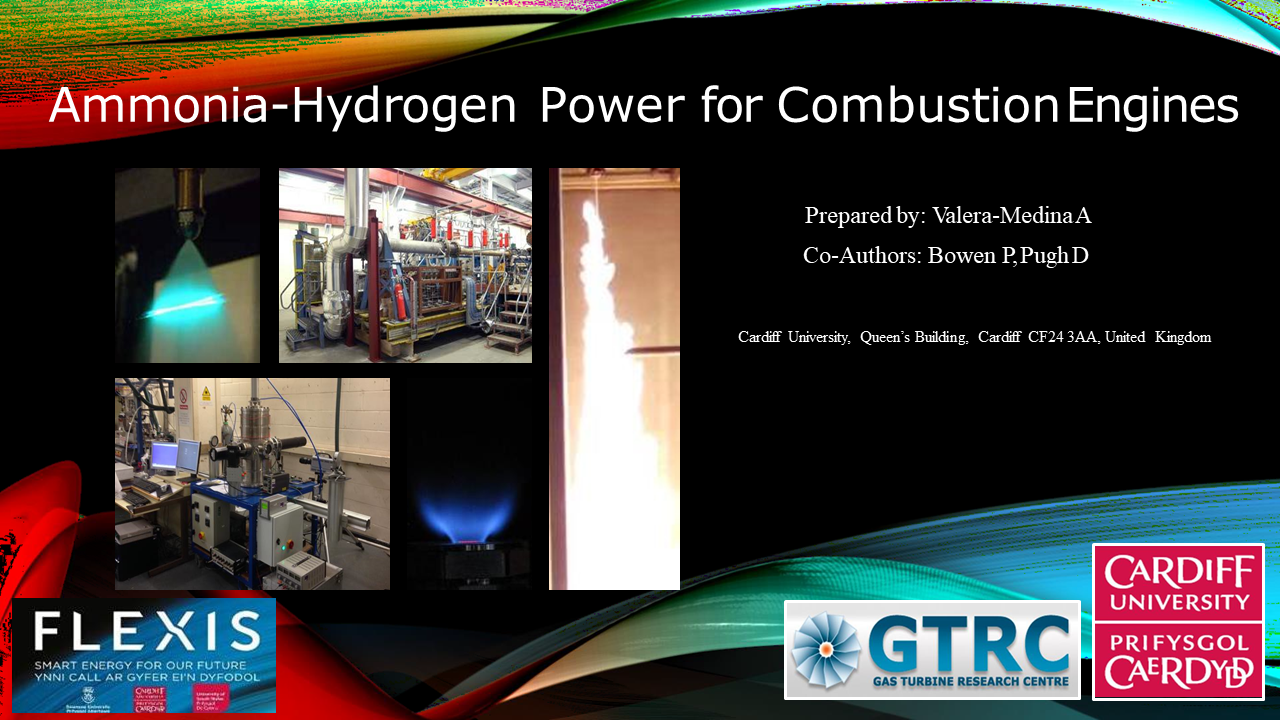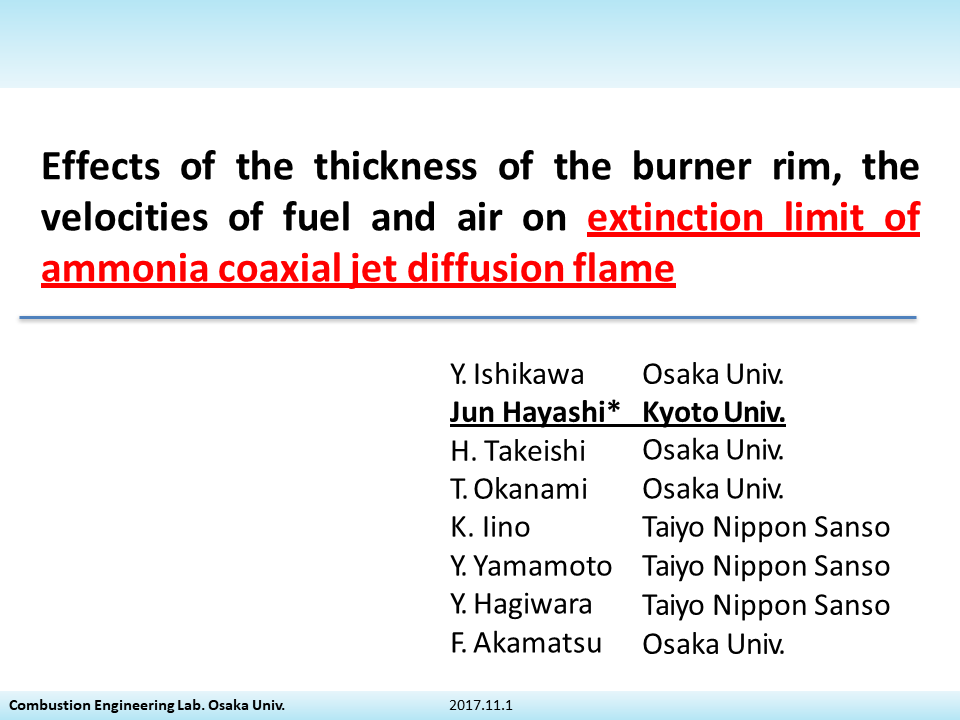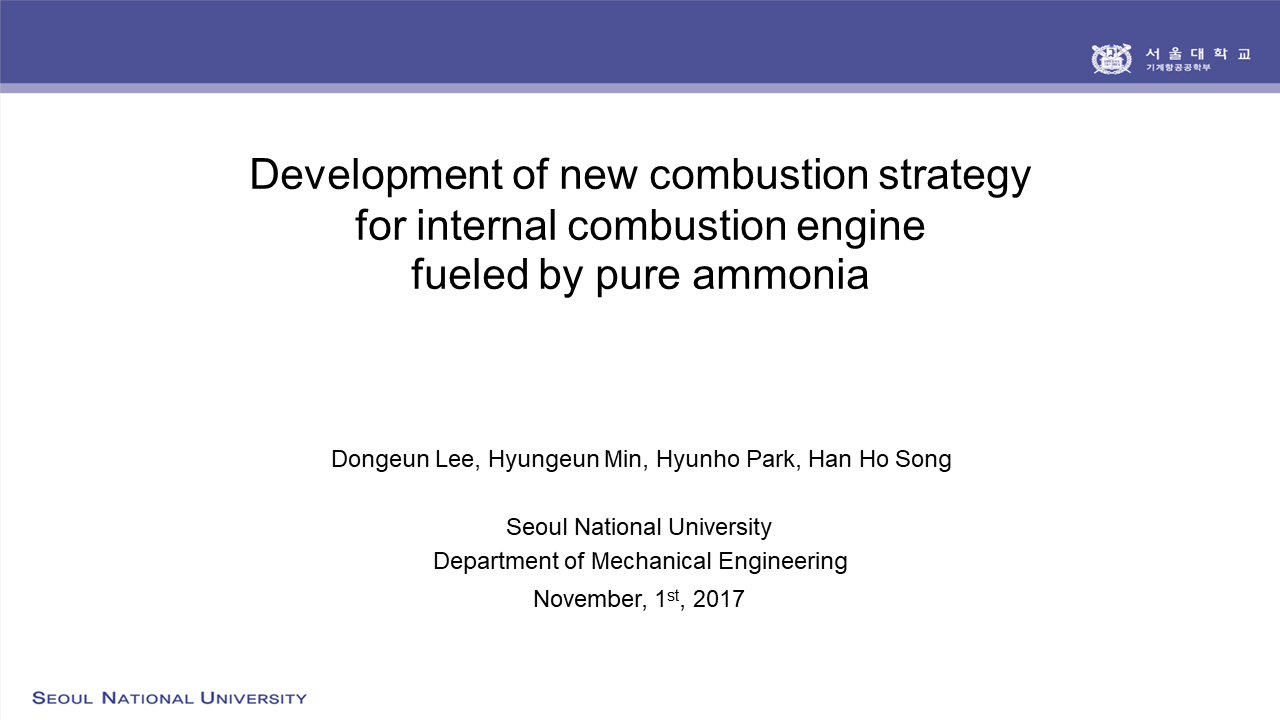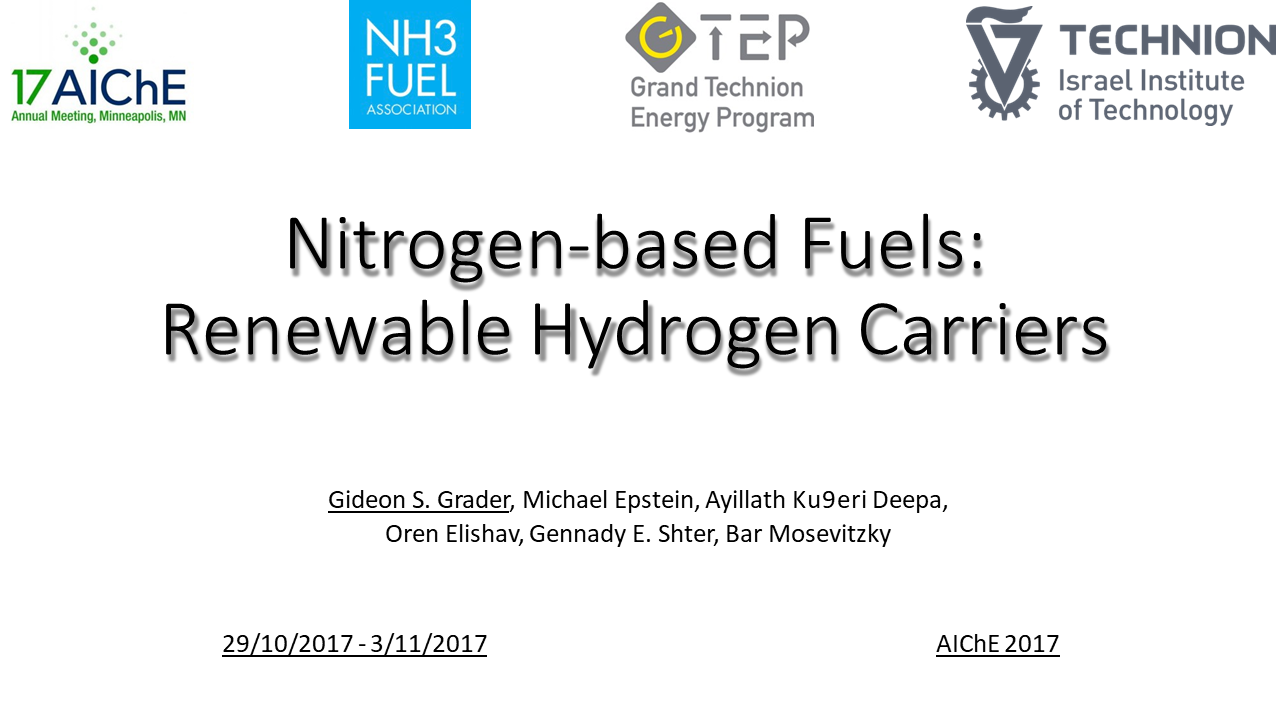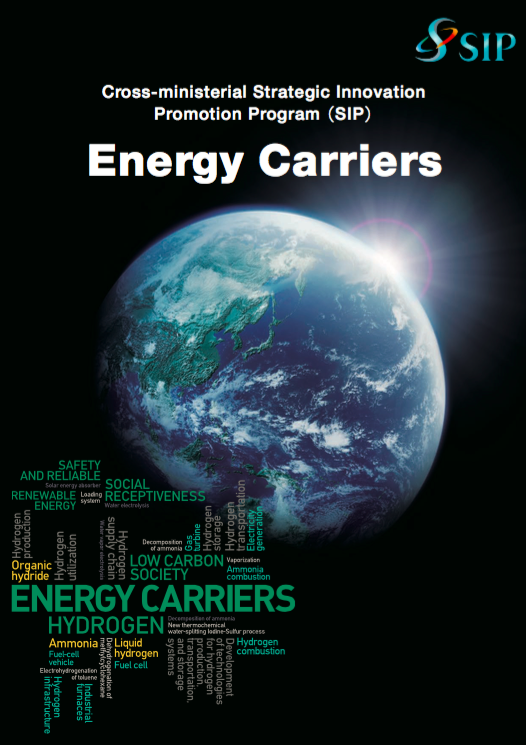Presentation
Ammonia-Hydrogen Power for Combustion Engines
Ammonia blends can potentially become a breakthrough chemical for power generation, cooling storage and distribution of energy. Gas turbines and internal combustion engines are potential candidates for the use of the resource in an efficient way that will enable commissioning of combined cycles to power communities around Europe and around the world while serving as sources of heat and chemical storage. Therefore, development of these systems will bring to the market a safer, zero carbon fuel that can be used for multiple purposes, thus decentralizing power generation and increasing sustainability in the communities of the future whilst positioning the developing…
